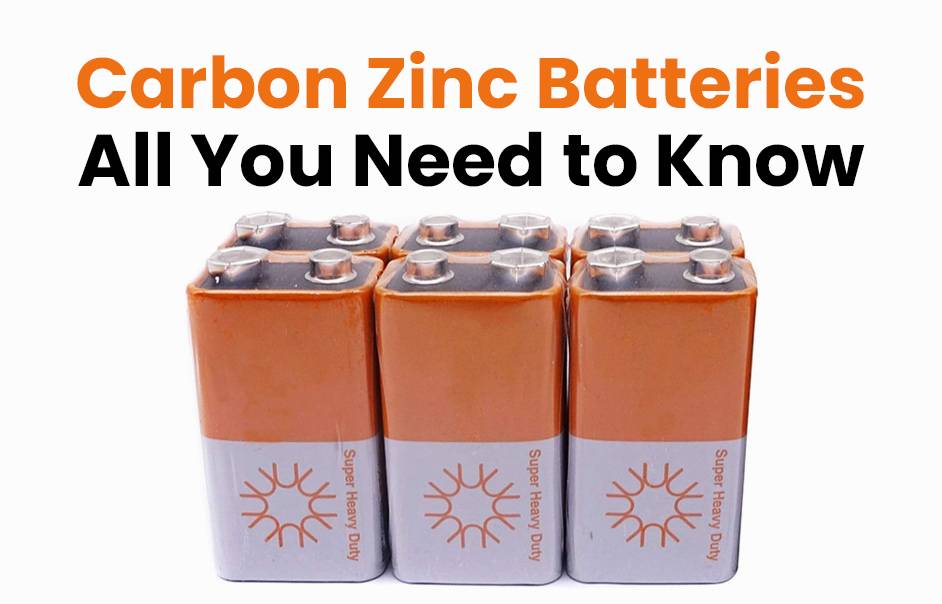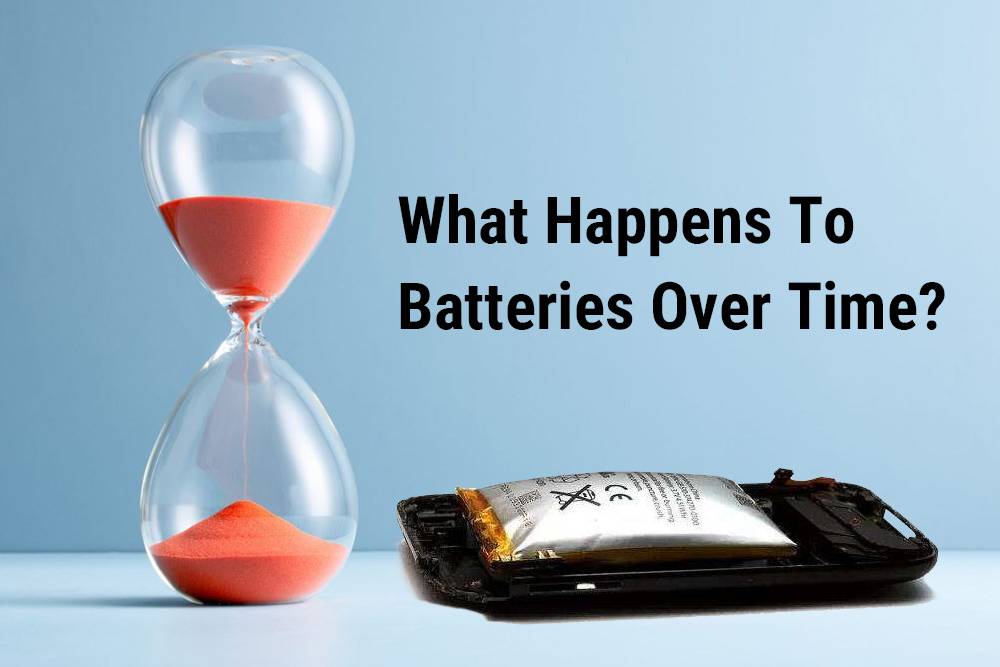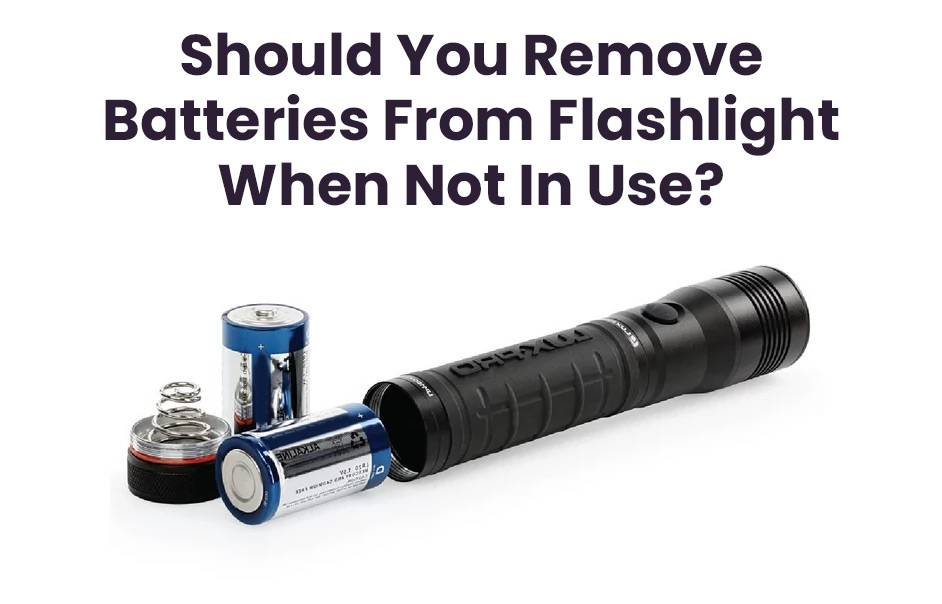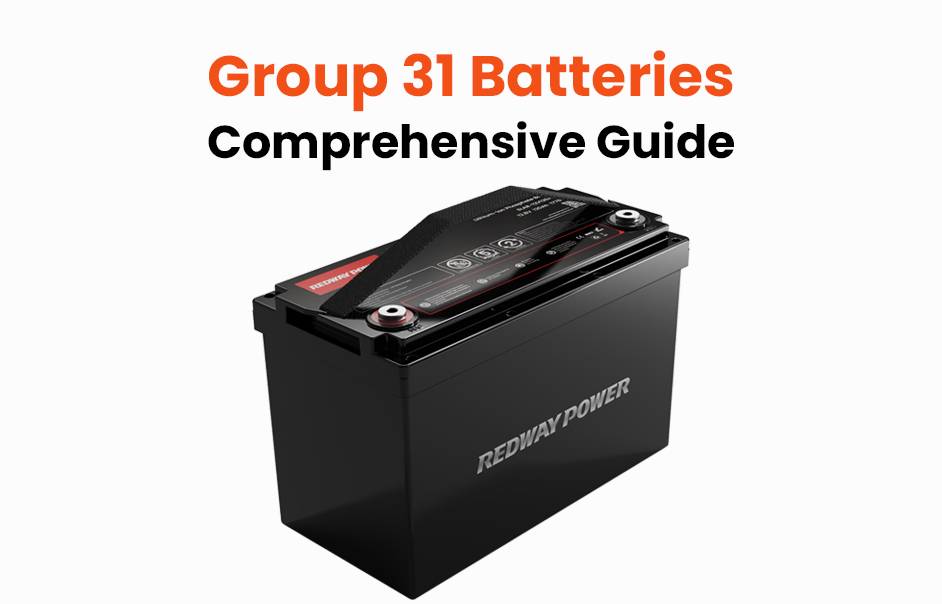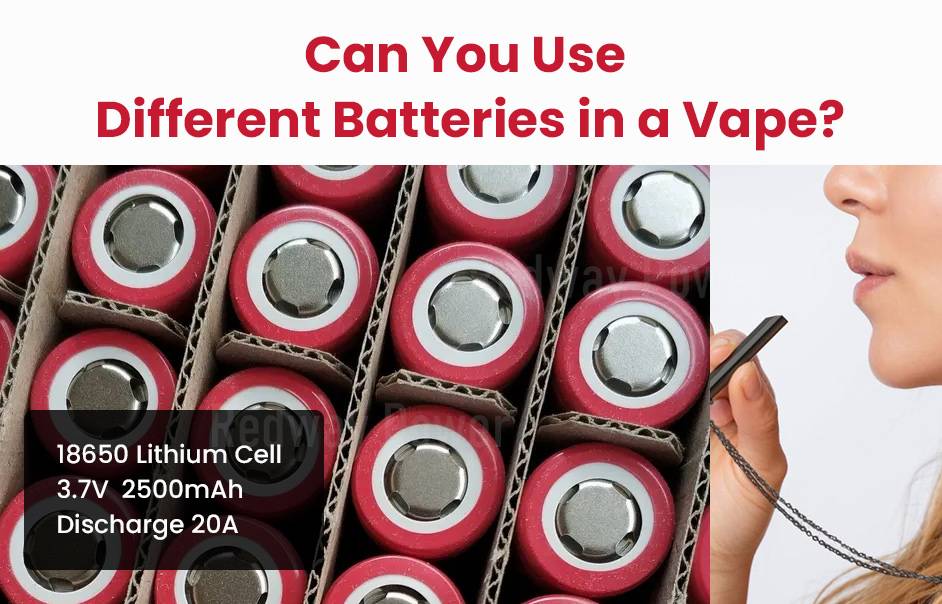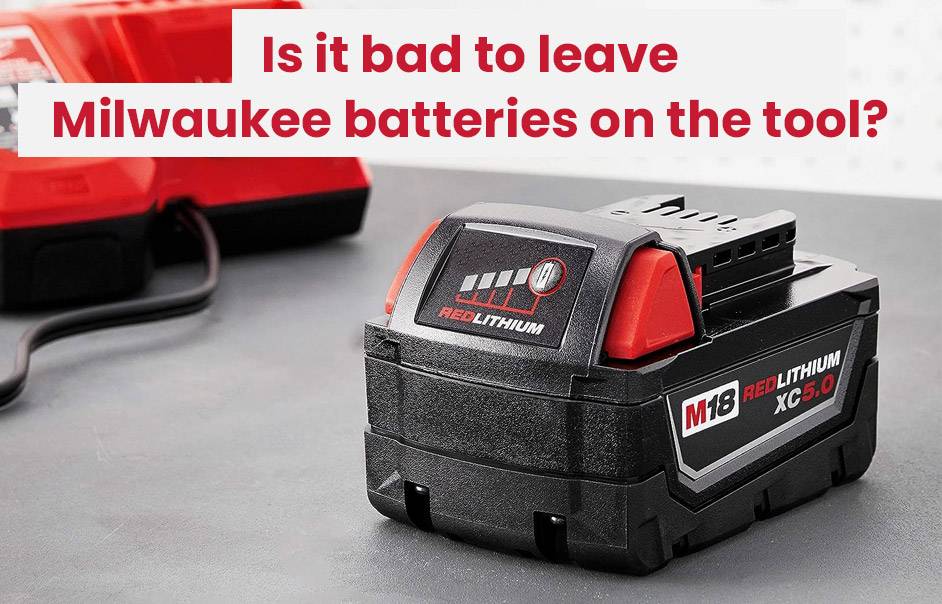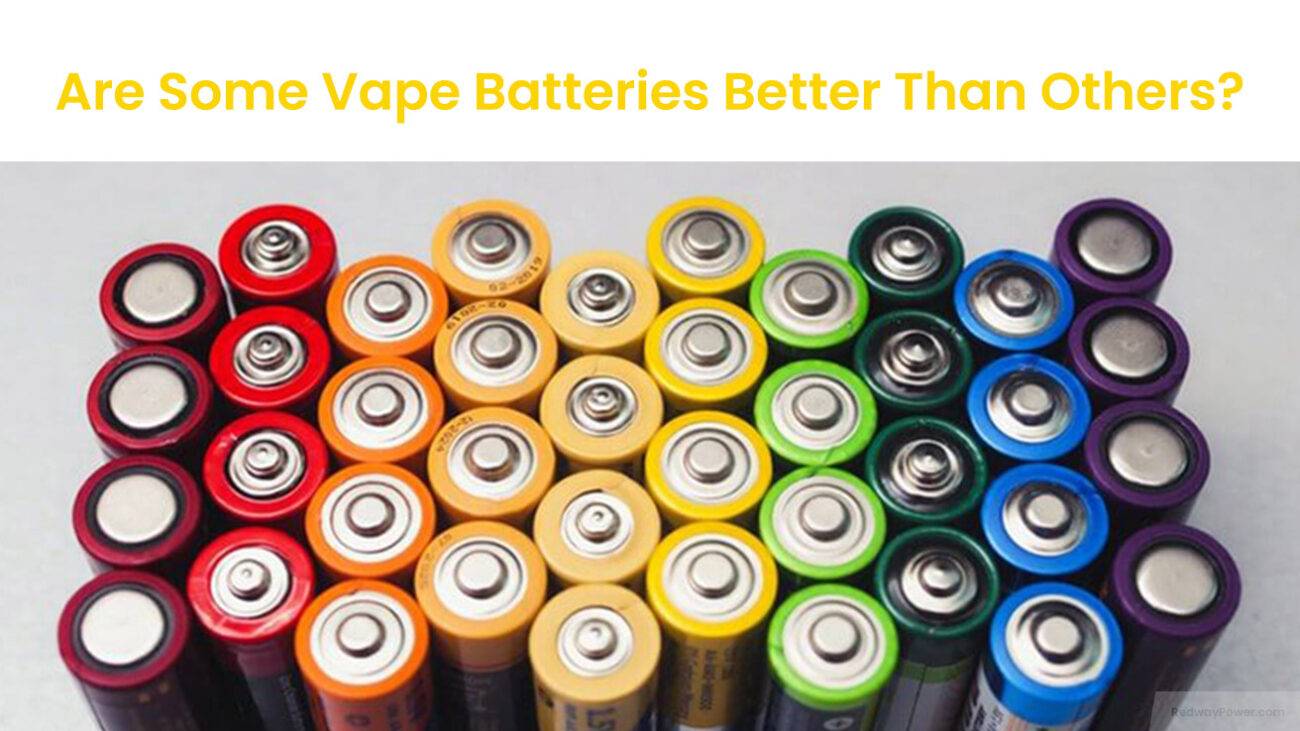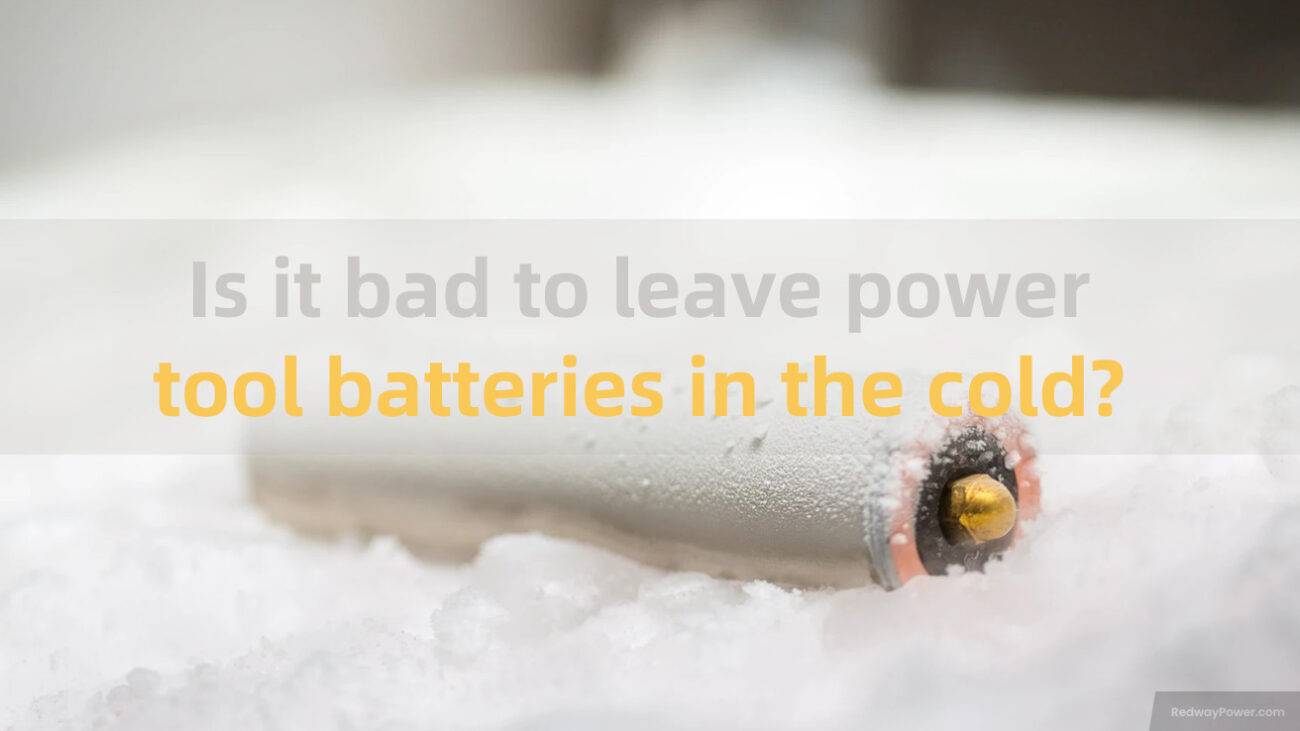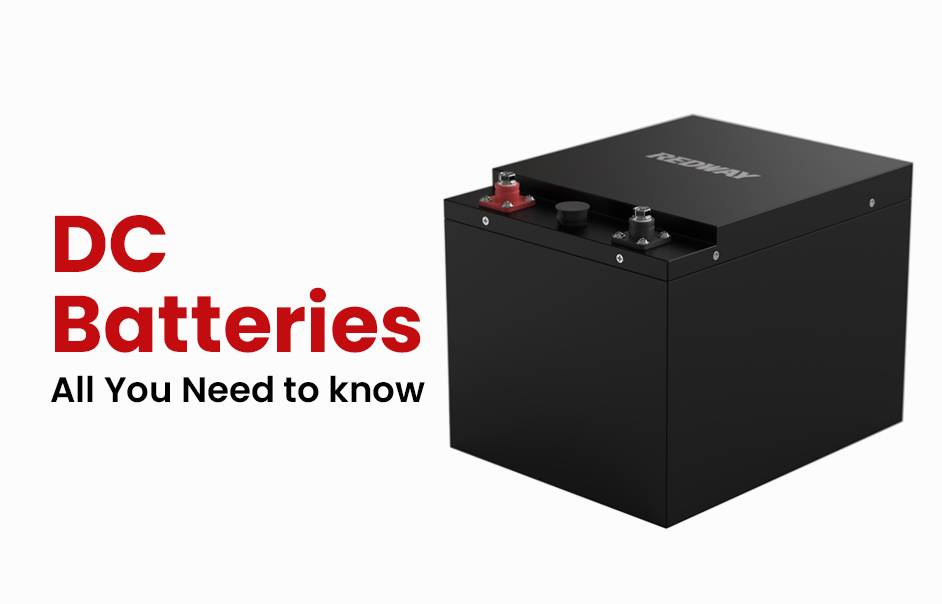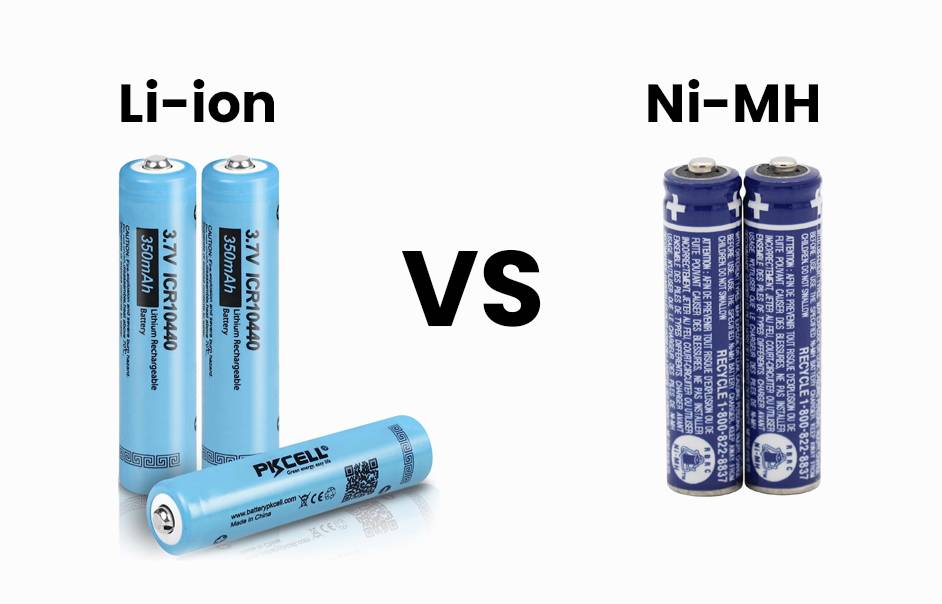Embark on a journey into the realm of carbon zinc batteries with our insightful blog post. Despite their common presence in our daily lives, these powerhouses remain a mystery to many. Join us to uncover the distinguishing features of carbon zinc batteries, from their unique characteristics to proper disposal methods. Whether you’re seeking knowledge or disposal tips, we’ve got you covered – let’s explore together!
What Makes Carbon Zinc Batteries Different?
Discover the distinctive traits of carbon zinc batteries. Renowned for their cost-effectiveness, they are a popular choice for everyday devices. While having a lower energy density, they provide stable voltage output, suitable for specific applications. With a shorter shelf life and non-rechargeable nature, carbon zinc batteries remain an affordable and reliable option for various daily uses.
- Affordability: Carbon zinc batteries are known for their budget-friendly nature, making them a popular choice for everyday devices.
- Performance: Despite lower energy density, they offer stable voltage output, ideal for certain applications with disposable power needs.
- High Current Bursts: With lower internal resistance, carbon zinc batteries deliver higher current bursts, suitable for high-power demand devices like flashlights.
Advantages and Disadvantages of Carbon Zinc Batteries
Discover the advantages and disadvantages of carbon zinc batteries, offering insights into their suitability for various applications.
- Affordability: Carbon zinc batteries stand out for their cost-effectiveness, making them a preferred choice for everyday devices such as remote controls and clocks.
- Wide Availability: Conveniently found in almost any electronics or household store, carbon zinc batteries are easily replaceable when needed.
- Shorter Lifespan and Leakage Risk: Despite their affordability, these batteries have a shorter lifespan and a higher tendency to leak compared to other types, potentially impacting device longevity.
- Environmental Impact: Carbon zinc batteries are not as eco-friendly as rechargeable options, contributing to electronic waste when disposed of after depletion.
Consider these factors to make an informed decision based on your specific electronic device needs.
Common Uses of Carbon Zinc Batteries
Explore the diverse and practical applications of carbon zinc batteries, the reliable power source for a range of low-drain devices.
- Household Electronics: Carbon zinc batteries are go-to choices for everyday household gadgets like remote controls, flashlights, and portable radios, providing stable and durable power.
- Children’s Toys: Powering electronic games, toy cars, and more, carbon zinc batteries play a crucial role in keeping children’s toys running smoothly and entertaining.
- Industrial Settings: In critical applications, carbon zinc batteries shine, powering alarm systems, smoke detectors, doorbells, and other safety devices where reliability is paramount.
- Emergency Backup: Serving as dependable backup power sources during emergencies, carbon zinc batteries are kept handy for times when the main power supply fails or becomes unavailable.
While lithium-ion rechargeables gain traction, carbon zinc batteries maintain significance for their affordability and reliability in devices that don’t demand frequent replacement or recharging.
How to Properly Dispose of Carbon Zinc Batteries
Preserving the environment and preventing contamination is crucial when disposing of carbon zinc batteries. Here’s a concise guide to ensure responsible disposal:
- Avoid Household Trash: Never throw carbon zinc batteries in regular trash bins. Instead, take them to designated recycling centers or battery drop-off locations available in many communities.
- Secure Terminals: Before disposal, place batteries in a plastic bag or tape the terminals with non-conductive material to prevent accidental short-circuits during transportation.
- Locate Recycling Centers: Check with local authorities, use online directories, or inquire at retailers for nearby recycling centers. Some stores may also accept used batteries for proper disposal.
By responsibly discarding carbon zinc batteries, you actively contribute to reducing environmental pollution and promoting sustainability. Let’s collectively make the effort for a cleaner, safer planet!
Alternatives to Carbon Zinc Batteries
If you’re seeking alternatives to carbon zinc batteries, consider these options for various benefits:
- Alkaline Batteries: With a longer shelf life and higher energy capacity, alkaline batteries excel in high-drain devices like digital cameras and portable game consoles.
- Rechargeable Nickel-Metal Hydride (NiMH): Offering cost-effectiveness and environmental friendliness, NiMH batteries are rechargeable, providing consistent power output through multiple charge cycles.
- Lithium-ion (Li-ion) Batteries: Known for high energy density, Li-ion batteries are lightweight and ideal for devices requiring sustained power, such as smartphones and laptops.
For specific needs, consider alternatives like silver oxide or zinc-air button cell batteries for hearing aids. Prioritize sustainability with rechargeable options like lithium-ion polymer (LiPo) or nickel-cadmium (NiCd). Remember, check device specifications before choosing an alternative for optimal performance.
Each option has its pros and cons, so choose wisely based on your requirements for longevity, power, and environmental impact.
Conclusion
Carbon zinc batteries have long been a cost-effective and reliable choice, appealing to budget-conscious consumers. Despite their affordability and extended shelf life, limitations such as lower capacity and poor performance under high drain conditions exist. Proper disposal, considering toxic contents, is crucial. Exploring alternatives like alkaline or lithium-ion batteries with higher capacities offers better performance, emphasizing the need for informed decisions aligned with specific device requirements and responsible environmental practices.

